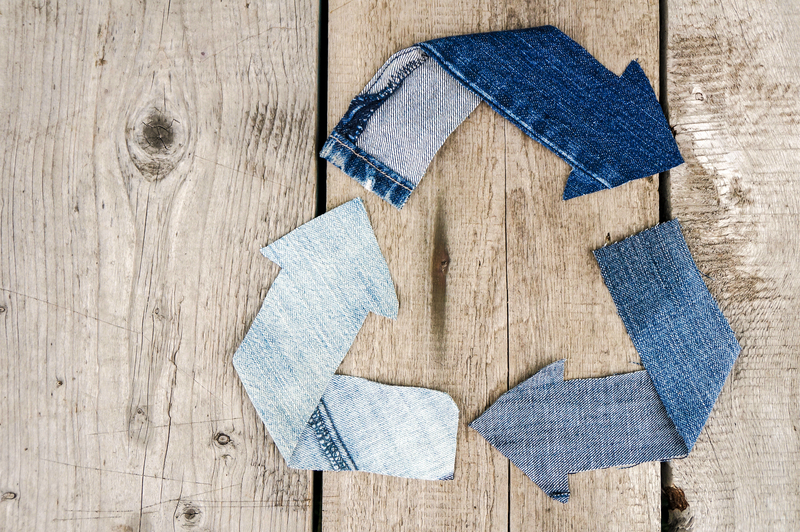Steps to Discard Metal Waste Properly
Posted on 09/10/2025
In our increasingly industrialized world, the accumulation of metal waste poses significant environmental and health risks. Proper disposal of metal waste not only conserves natural resources but also minimizes pollution, reduces greenhouse gas emissions, and conserves energy. Whether you're managing waste at a personal, commercial, or industrial level, it's essential to understand the steps to discard metal waste properly. This guide outlines comprehensive steps you can take to manage metal waste responsibly.
1. Understand the Types of Metal Waste
Before you can discard metal waste properly, it's crucial to understand the different types of metals and their respective disposal methods. Metals can broadly be categorized into ferrous (iron-based) and non-ferrous (non-iron-based) metals. Common ferrous metals include steel and iron, while non-ferrous metals encompass aluminum, copper, brass, and lead. Each type has specific recycling procedures and methods for proper disposal.

2. Gather and Sort Your Metal Waste
Proper sorting of metal waste is a vital step in the recycling process. Keeping different types of metals separate ensures that they can be processed more efficiently and reduces the risk of contamination. Here are a few tips on sorting metal waste:
- Use separate bins: Designate separate bins for ferrous and non-ferrous metals to simplify the sorting process.
- Identify metal types: Use a magnet to distinguish between ferrous and non-ferrous metals. Ferrous metals will attract a magnet, while non-ferrous metals will not.
- Remove contaminants: Make sure to remove any non-metallic materials such as plastic, rubber, or fabric that may be attached to the metal items.
3. Prepare Metal Waste for Recycling
Once your metal waste is sorted, it's time to prepare it for recycling. This may involve several steps such as cleaning, cutting, or compressing the metal. Here are the key steps:
- Clean the metals: Remove any residue, grease, or rust from the metal items. Generally, a simple rinse with water is sufficient for cleaning.
- Disassemble mixed materials: If metal waste contains mixed materials (e.g., electronic waste, appliances), disassemble them to segregate the metal parts.
- Cut large items: If possible, cut or crush large metal items into smaller pieces to make them easier to handle and transport.
4. Find a Recycling Facility
Finding a reliable recycling facility is crucial for ensuring your metal waste is processed correctly. Not all recycling centers accept all types of metal, so it's essential to do some research:
- Conduct online research: Use search engines or recycling directories to find nearby facilities that accept the specific types of metal waste you need to discard.
- Check local guidelines: Refer to your local government's waste management policies to understand the rules and regulations surrounding metal waste disposal.
- Visit or call the facility: Contact the facility to confirm their operating hours, accepted materials, and any specific requirements or fees for metal recycling.
5. Transport the Metal Waste
You need to transport your metal waste to the recycling facility safely and efficiently. Here are some steps to consider:
- Use appropriate containers: Use strong and leak-proof containers to carry the metal waste. Avoid overloading the containers to prevent spills.
- Secure the load: Ensure that the metal waste is secured in the vehicle to avoid any accidents or spills during transportation.
- Follow safety guidelines: Wear protective gear such as gloves and safety glasses when handling metal waste to avoid injuries.
6. Consider Alternative Disposal Methods
While recycling is the most preferred disposal method, there are other alternatives for discarding metal waste responsibly:
- Donation: Many organizations accept metal donations, particularly if the items are still in usable condition. Consider donating to schools, community centers, or non-profit organizations.
- Reuse: Before discarding, think about innovative ways to reuse metal items in artistic, DIY, or home improvement projects.
- Professional collection services: If managing large quantities of metal waste, consider hiring professional scrap metal collectors who can handle, transport, and recycle the waste for you.

7. Educate and Create Awareness
Finally, educating yourself and others about the importance of proper metal waste disposal is fundamental for broader societal change. Spread awareness through local community programs, social media, or by organizing workshops on responsible waste management. Educating the younger generation about the benefits of recycling can instill lifelong eco-friendly habits.
Conclusion
Properly discarding metal waste involves a systematic approach that includes understanding the types of metals, sorting, cleaning, transporting, and finding the appropriate recycling facilities. Alternative methods such as donation, reuse, and seeking professional help also play a crucial role in responsible metal waste management. By following these steps, we can contribute to a sustainable environment and promote better waste management practices in our communities.
Effective metal waste management not only conserves valuable resources but also builds a foundation for a circular economy where materials are continually reused and recycled. The responsibility lies with each one of us to ensure that metal waste is discarded properly, protecting our planet for future generations.


 office@benandjerry.org.uk
office@benandjerry.org.uk https://benandjerry.org.uk/
https://benandjerry.org.uk/

